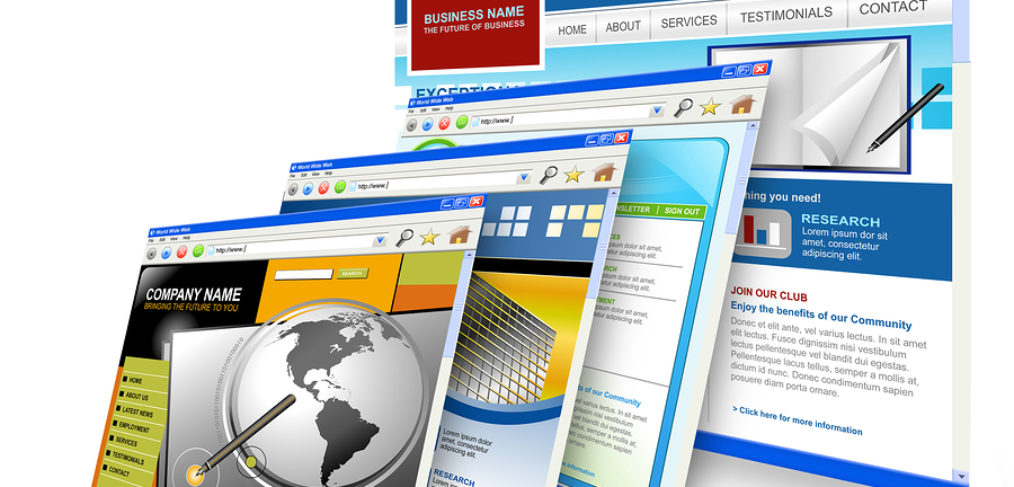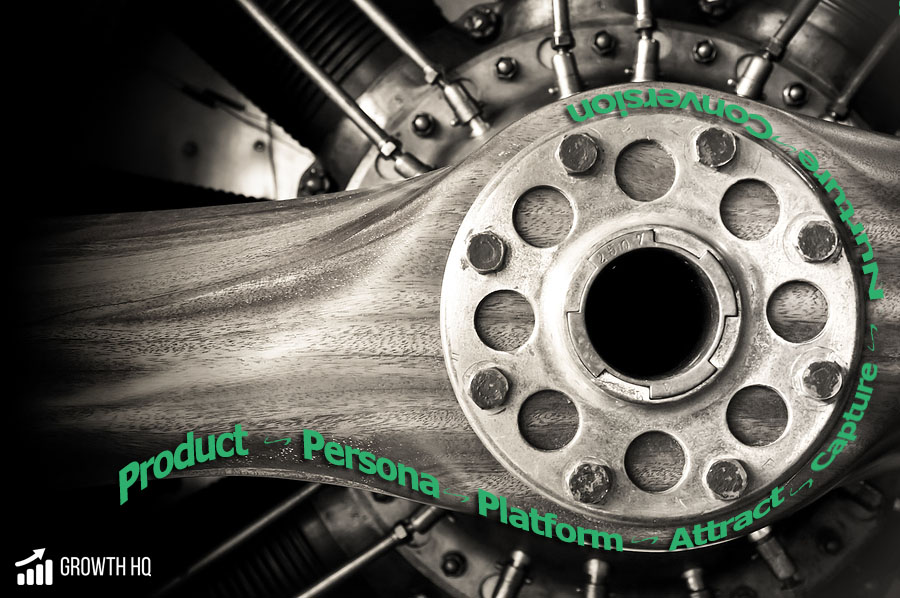Have you looked at your website analytics lately?
Does your website have much traffic?
Is it bringing you new customers?
More importantly, is it bringing you any ROI?
If your answer to these questions is “NO,” sit down and think. Why did you create a website in the first place when it’s not doing it’s job?
Your website is your business’ 24-hour ambassador.
It’s a platform to convey your messages, to your target audience, to engage prospects and move them closer to your brand.
If it’s not doing it’s job, it’s a tell-tale sign. Rethink your digital strategy.
Starting, of course, with assessing your website.
What are the signs that you need to look into?
1. Your website design looks outdated
You may have heard of this popular adage: “first impressions last a lifetime.” This does not only refer to people. It also refers to design.
According to a study, it only takes 1/1oth of a millisecond to form an opinion about a person. Similar to this, it only takes 50 milliseconds for a web visitor to form an opinion about your website.
What will your visitors think if they see a static website with an outdated design?
They may think you’re not that serious about your business, right?
Keep in mind that having a fresh and responsive website with a good visual design is the gateway to more leads. Web visitors who keep coming back to your site can later turn into paying customers.
2. Your site is NOT mobile-friendly
This is very relevant this year, since Google will release another update that will prioritise mobile-friendly websites on the searches. On the other hand, “G” will penalise sites that are NOT mobile-friendly.
It would be wise for you to know if your site is mobile-friendly through this link: https://www.google.com/webmasters/tools/mobile-friendly/
There’s a good reason why Google is pushing for this update. It’s obvious that mobile devices are now prevalent. People all over the world used them to browse the web. Any type of business that has a website should adapt. Otherwise, you will be left out in the searches.
3. Your site is navigationally challenged
A website should provide a good user experience by having sleek and well-planned navigation. Your visitors must easily find the information they need on your site because this builds credibility on your part.
Having a site with bad navigation can be a huge deterrent to your visitors. They may even go to your competitors when they’re disappointed with your current website.
If your site is difficult to navigate, there are key parts of your website that you can improve.
According to an eye-tracking study from MST, there are website sections that drew the most interest from viewers. These are as follows:
- The institution’s logo. Users spent about 6.48 seconds focused on this area before moving on.
- The main navigation menu. Almost as popular as the logo, subjects spent an average of 6.44 seconds viewing the menu.
- The search box, where users focused for just over 6 seconds.
- Social networking links to sites such as Facebook and Twitter. Users spent about 5.95 seconds viewing these areas.
- The site’s main image, where users’ eyes fixated for an average of 5.94 seconds.
- The site’s written content, where users spent about 5.59 seconds.
- The bottom of a website, where users spent about 5.25 seconds.
4. Your site isn’t interactive enough
In today’s marketing arena, it’s NOT just about what you have and what you think your prospects’ want and need. It’s more about engaging them. That is why your visitors must have the option to comment on your content, or to give a direct feedback.
If your site is all one way, then you’re NOT connecting with your audience. You must get a dialogue going by giving them the option to respond, express and ask questions.
5. Your site’s search engine ranking is dropping
Although this is a very technical subject to delve into, it’s essential that you are visible online. This means that you are on the first page of the SERPs.
Google, Yahoo and Bing implements standards every site admin should follow. When a site fails to adhere to the rules, then its rankings will surely plummet.
If you think your site is no longer listed on the top three pages of the SERPs, then it’s time to update or change your site entirely.
6. The content on your site (web copy and image) is no longer aimed at your target audience
There will come a time when your site is no longer relevant to your market. You have to adapt to the situation or risk getting left behind. In order to cope up with this situation, your site must have a new look and content that your prospects need.
Posting new content is a good starting point. If you don’t have a blog, it’s a good time to start.
Updating your current site is not only about changing the design. Your web copy and images also needs updating. The aim here is to persuade your site visitors to stay and look around. Your blog’s aim, on the other hand is to engage your customers and leads so they will continue to patronise your business.
Is it expensive to get a new website?
Not anymore. In fact, new site templates are more mobile-friendly, easy to update and more customisable than older versions. You can regularly update the information of your site or adjust it based on the needs and wants of your target market.
Always remember, your audience and search engines respond best to new and changing content.
If you’re planning to get a new website that converts, then speak to James first and book in a free 30 minute strategy session.
You can also download our FREE EBOOK to know how you can grow your business using The Growth Engine.



